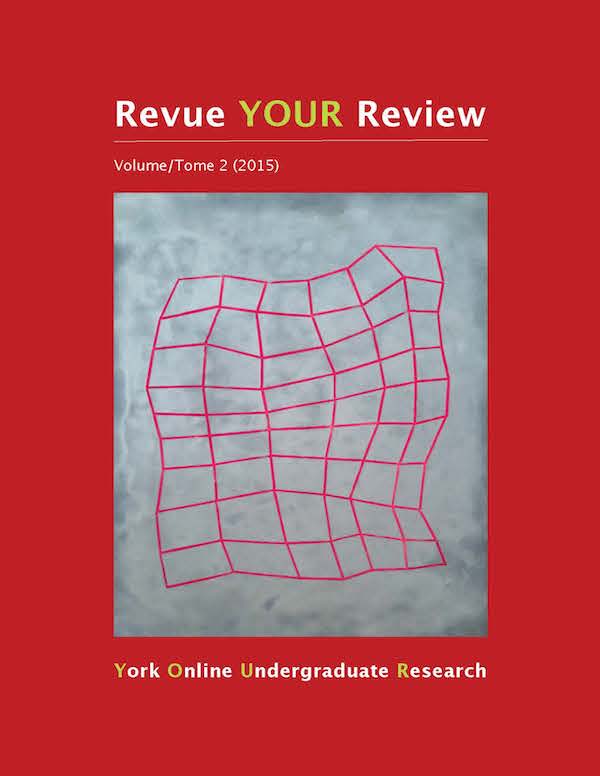Effects of an Intervention on Maximal Aerobic Power
Abstract
Objective: to examine the efficacy of a self-paced guided active play (GAP) program in eliciting changes in aerobic power for children and adolescents (8-12 yrs). Methods: girls and boys (n=33) registered in summer camp where recruited to participate in a guided active play program (8 weeks) focused on active playing of self-paced cooperative games (1h/d; 5d/wk). Physical activity participation was assessed daily by attendance and accelerometry (ActiGraph GT3X+; 10s epoch) by vector magnitude (vm counts/min) for children/adolescents. Anthropometric (stature, weight, leg length, and maximal aerobic power [20m MSSR]) were collected prior to and following the program. Maturity status (MS) was estimated from anthropometric variables and used with multiple linear regression equations to predict days from age at peak height velocity (APHV). ANOVA (main effects) and tukey post-hoc test (individual group differences) were performed (p=0.05). Results: prior to the program, children (age: 9.8±1.3yrs; BMI: 20.7±2,6kg/m2; maturity offset: -4.2±1.0yrs) had an estimated aerobic power of 44.1±0.9 mlO2/kg/min; with boys (45.4±1.0 mlO2/kg/min) higher than girls (42.5±0.7 mlO2/kg/min) (p<0.05). In response to the GAP program, aerobic power improved by 4.3±3.8% (p<0.05) for all children, with girls > boys (p>0.05). Maturity status (MS) ranged from -2.4 to -7.0yrs; with the girls averaging (-3.7±1.0yrs) and boys (-4.4±1.2yrs). In general, the relationship between MS and improvement in aerobic performance was moderate (r=0.46), except for the girls that showed a good-very good relationship (r=0.76) (p<0.05). Conclusion: active playing of children’s games is associated with improvements in aerobic power and increases in AP are related to maturity status.
Downloads
How to Cite
Issue
Section
License
Authors contributing to Revue YOUR Review agree to release their articles under one of three Creative Commons licenses: Creative Commons Attribution 4.0 International; Creative Commons Attribution-NonCommercial 4.0 International; or Creative Commons Attribution-NoDerivatives 4.0 International. All editorial content, posters, and abstracts on this site are licensed under Creative Commons Attribution-NoDerivatives 4.0 International. For further information about each license, see:
https://creativecommons.org/licenses/
In all cases, authors retain copyright of their work and grant the e-journal right of first publication. Authors are able to enter into other contractual arrangements for the non-exclusive distribution of the e-journal's published version of the article (e.g., post it to an institutional repository or publish it in a book or in another journal), with an acknowledgement of its initial publication in this e-journal.


